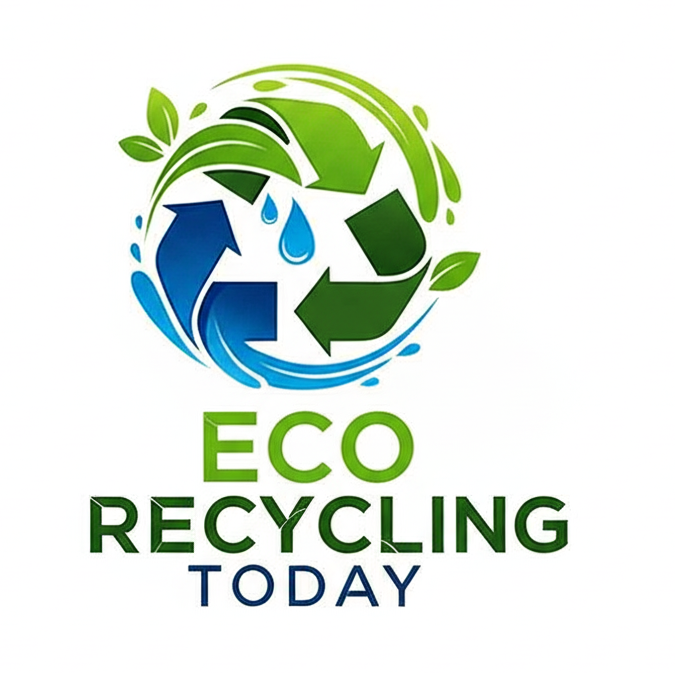Recycling in schools isn't just about waste management — it's about building environmental awareness and lifelong habits among the next generation. With proper planning, your school can cut down waste, save money, and foster student leadership. We’ll explore how to start and scale a successful student recycling program that actually works — based on data, success stories, and practical steps.
Recycling in Schools Is Important
- A typical school in the U.S. produces 20–30 pounds of waste per student each week.
- Up to 40% of school waste is recyclable paper, plastic, and cardboard.
- Schools that implement organized recycling programs can reduce landfill waste by up to 60%.
Early education around recycling leads to lifelong sustainable behavior. Students who participate in recycling initiatives are more likely to recycle at home, influence their families, and grow into environmentally responsible adults.
How to Build a Successful School Recycling Program
1. Assess the Waste Stream
Start with a waste audit:
- What types of waste are being generated?
- How much is recyclable vs non-recyclable?
- Identify key areas (cafeteria, classrooms, offices) with high recyclable waste.
2. Set Clear Goals
Define your program objectives:
- Reduce waste by 30% in 6 months?
- Collect 500 pounds of paper monthly?
- Involve 100% of classrooms?
Make it measurable and time-bound.
3. Engage Students as Leaders
Let students take ownership:
- Create a Recycling Club or Green Team
- Assign roles: coordinators, auditors, educators
- Design posters, make morning announcements, create challenges
Peer-driven programs have 2x higher participation rates.
4. Set Up Proper Infrastructure
- Place labeled bins for paper, plastic, metal, and general trash.
- Ensure bins are color-coded and placed in high-traffic areas.
- Work with local recycling providers for pickup services.
5. Educate & Promote
- Hold assemblies, eco-awareness weeks, or recycling contests.
- Share progress updates through bulletin boards or the school website.
- Use tools like recycling quizzes or awareness scorecards to keep students engaged.
6. Monitor & Improve
Track:
- Volume of materials recycled
- Participation rates per classroom
- Monthly progress toward goals
Adjust based on what works best. Gamify if needed!
Real Case
Lincoln Middle School (CA) started a student-led recycling program in 2023. Within 9 months:
- Paper waste reduced by 42%
- Plastic bottles collected: 18,000+
- Electricity savings from reduced waste processing: $900+ annually
The secret? Student leadership and visible results.
Add Tech Tools to Help
Consider using:
- Waste tracking apps
- Recycling awareness quizzes
- Smart bins with sensors
- Visual dashboards to display metrics
FAQ
Q: What materials should schools focus on recycling first?
A: Paper, cardboard, plastic bottles, and aluminum cans — these make up the bulk of school waste and are easiest to collect and process.
Q: How can we get teachers on board?
A: Provide lesson plans that integrate recycling, recognize eco-friendly classrooms, and involve teachers in challenges and monitoring.
Q: How to deal with contamination in bins?
A: Education is key — clear signage, student-led announcements, and weekly inspections can significantly reduce contamination.
Q: Is there funding available for recycling programs?
A: Yes! Look into EPA grants, state sustainability funds, and corporate eco-grants (e.g., from Coca-Cola or PepsiCo).
Creating a recycling program in schools isn’t hard — it just takes structure, student involvement, and consistent reinforcement. The earlier we embed green thinking into daily routines, the brighter the future becomes.
